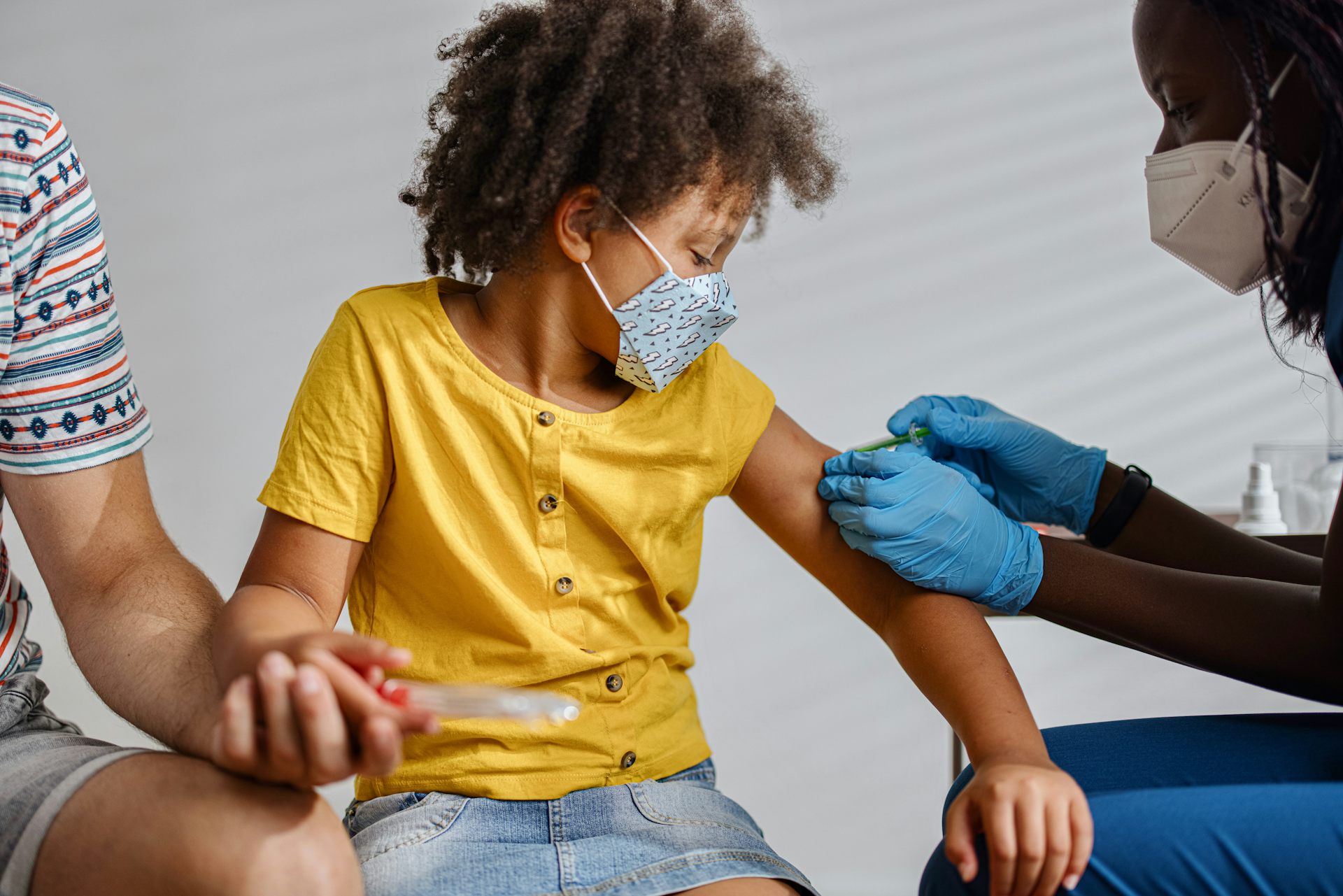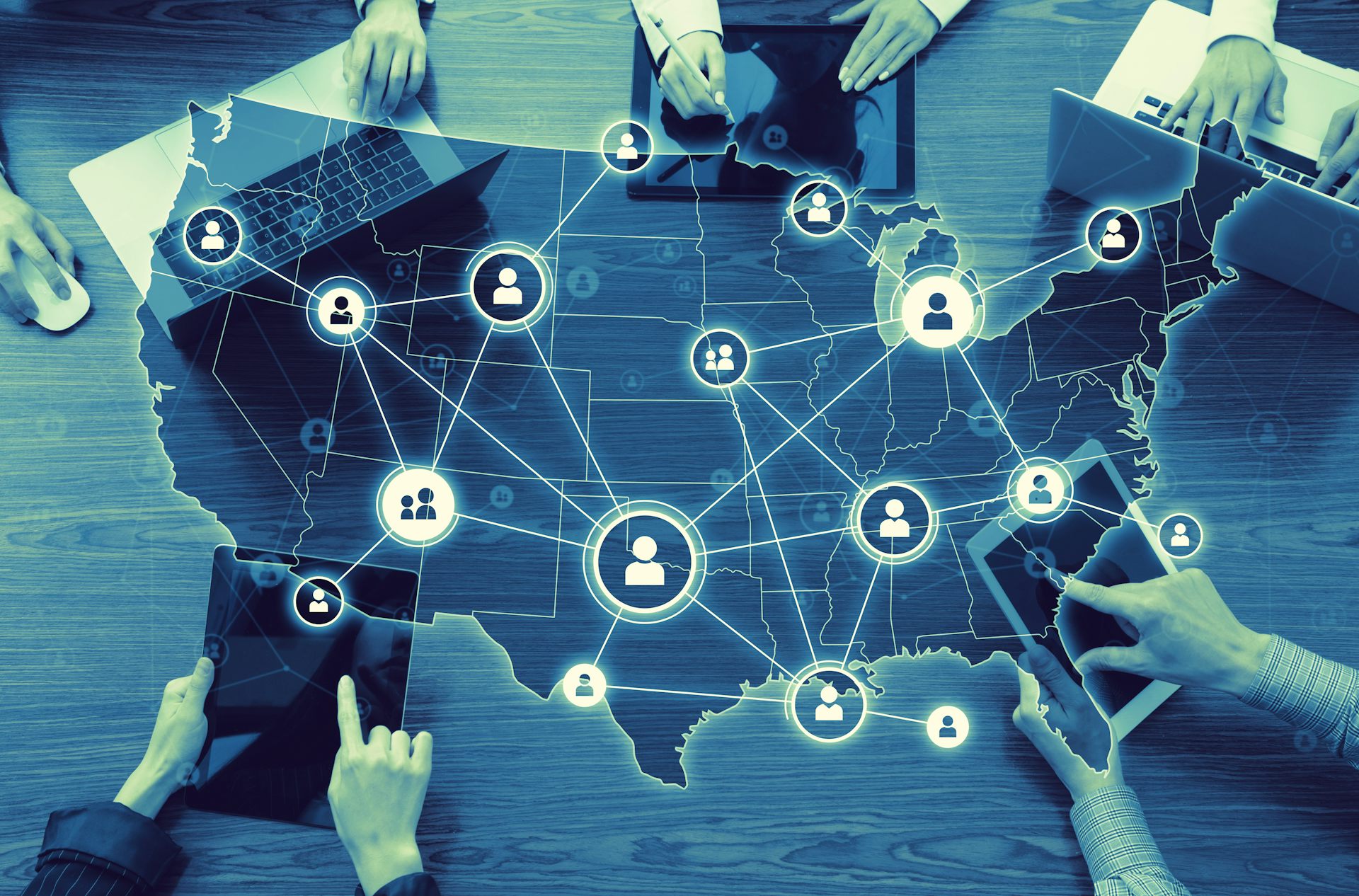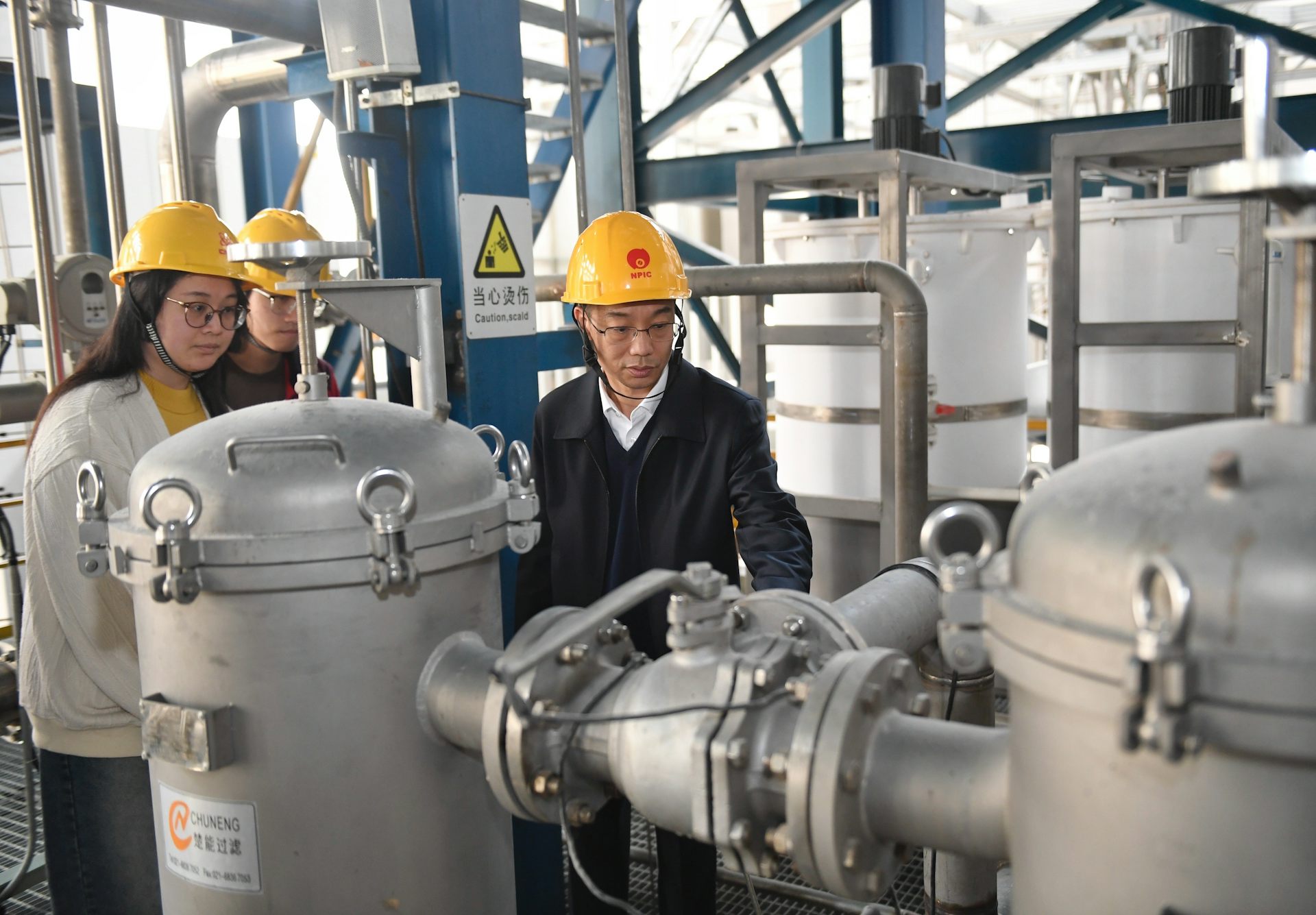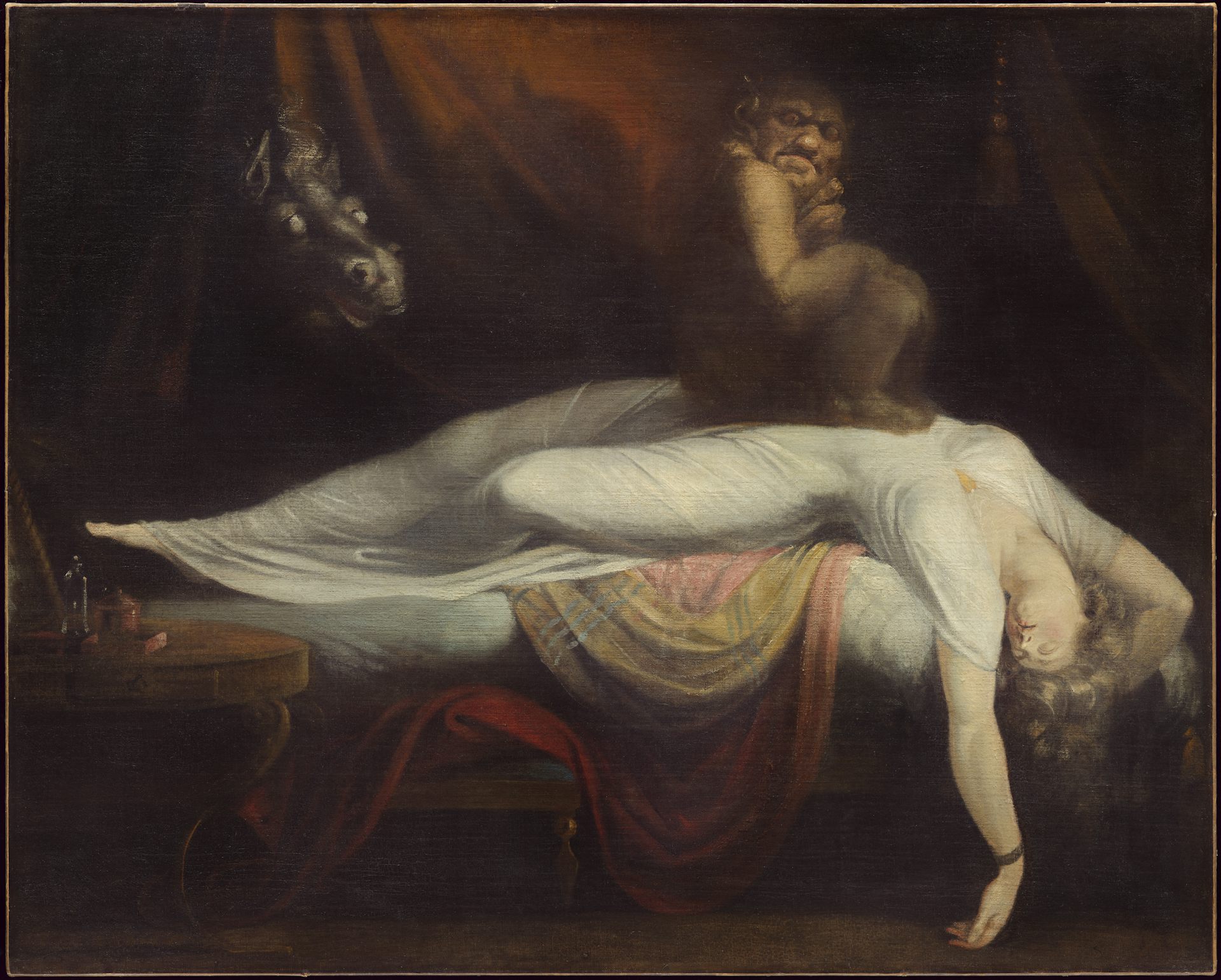We may be safer now from coronavirus than we were three months ago, but we're not totally safe
If coronavirus is still circulating, why are we safer now that social distancing measures have been relaxed? A public health expert explains.
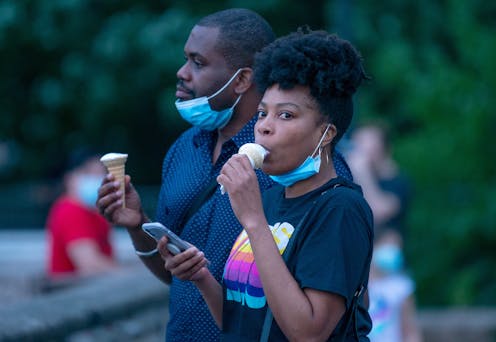
With social distancing guidelines and mandates mostly lifted, people have begun to head back to beaches, parks and restaurants in many parts of the U.S. But you may ask: What’s so different now compared to the situation back when social distancing began in March and April? Coronavirus still lurks. Are we really safe?
Orders to stay at home were broad and strict. The goals were two-fold: to minimize infection and mortality – to “flatten the curve” – and to give health systems the best possible chance not to be overrun. In many places, the numbers of deaths and cases have indeed been coming down in recent weeks.
The restrictions also bought public officials time to build up state and local capacity ability to test and contact trace. Contact tracing is a labor-intensive art and science that involves talking to people who have tested positive for COVID-19 and identifying people who they have interacted with recently, then talking to their contacts and convincing them of the importance of staying home, self monitoring for symptoms, and getting tested.
Some recent evidence suggests the most important job for contact tracing is to identify super-spreading events, so we health experts can learn more about them and prevent them in the future. A super-spreading event is when one gathering or event is identified as the origin of a large number of new infections.
I am a public health scholar and also a leukemia survivor who had a bone marrow transplant – a complicated medical procedure that severely weakens one’s immune system. I think my experience can offer some lessons for our current situation. I remember how much harder it was to make decisions about what types of risk were acceptable without the strict guidelines.
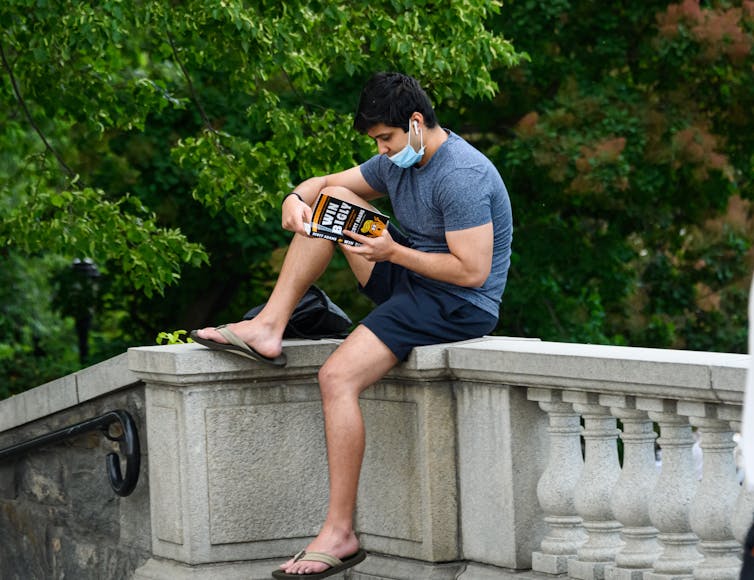
Baby, baby, baby steps
When I was first released from the University of Michigan hospital after my transplant, the doctors kept me on a very short leash. Infection was the biggest concern. So I had twice-weekly visits. I couldn’t take Tylenol because it could mask a fever. I wasn’t allowed to pick up dog poop or eat raw vegetables because of the risk of bacterial and fungal infections.
As I got further away from the time of my transplant, my immune system started to rebuild, and the leash got a little longer. My medical visits started to spread out. The doctors would tell me it it was OK to try swimming in a private pool, but not in a lake or river because of the risk of bacteria in the water.
And as I took these baby steps, the doctors watched for signs of infection.
I wasn’t safe from infection. But I was safer.
Are we really safe now?
Your safety likely depends on where you live – and what you mean by safe.
At the beginning of June, many places in the U.S. are seeing a decline in the number of new cases each day. Others are seeing increases.
Your local state and county health departments may have dashboards that show testing and case numbers. These resources are very helpful in determining whether or not it is safer to go out than it was six weeks ago. I look for two things to assess safety:
- An upward trend in testing, and ideally an increasing rate of testing (the curve of number of tests per day is getting steeper).
- A low and decreasing number of positives.
A good way to look at this in just one number is the percent of tests that are positive. Is it going up (that’s bad), or down (that’s good).
The testing capacity that public health agencies have built up over the past few months will be essential to identify new hot spots early at an early stage and help contain outbreaks before they become widespread.
But safer doesn’t mean there is no risk. If there are any cases in your county or city, then being around people can increase your risk. And remember, there is still no vaccine to prevent the spread of coronavirus, and there are no drugs that have been proven effective as treatments. While it is still circulating there is always a risk for resurgence or a “second wave.”
Your safety also depends on your personal medical history, and on those of your close contacts. Are you around people with underlying conditions? If so, your threshold for what’s safe might be different.
Remember, there is no rule saying you can’t take more precautions than suggested. Wear a mask. Keep your distance. Work from home if you are able. And limit interactions with others.
[You need to understand the coronavirus pandemic, and we can help. Read The Conversation’s newsletter.]
Ryan Malosh receives a portion of his salary support from the Centers for Disease Control and Prevention (CDC) and the National Institute for Allergy and Infectious Disease (NIAID).
Read These Next
FDA claims on COVID-19 vaccine safety are unsupported by reliable data – and could severely hinder v
The agency’s plan to change the well-established process for safety testing vaccines is not realistic.
A hard year for federal workers offers a real-time lesson in resilience
During a year of extraordinary uncertainty, workers built resilient networks within and across boundaries…
What are small modular reactors, a new type of nuclear power plant sought to feed AI’s energy demand
Rising electricity demand has researchers exploring a wide range of methods to generate more power,…


